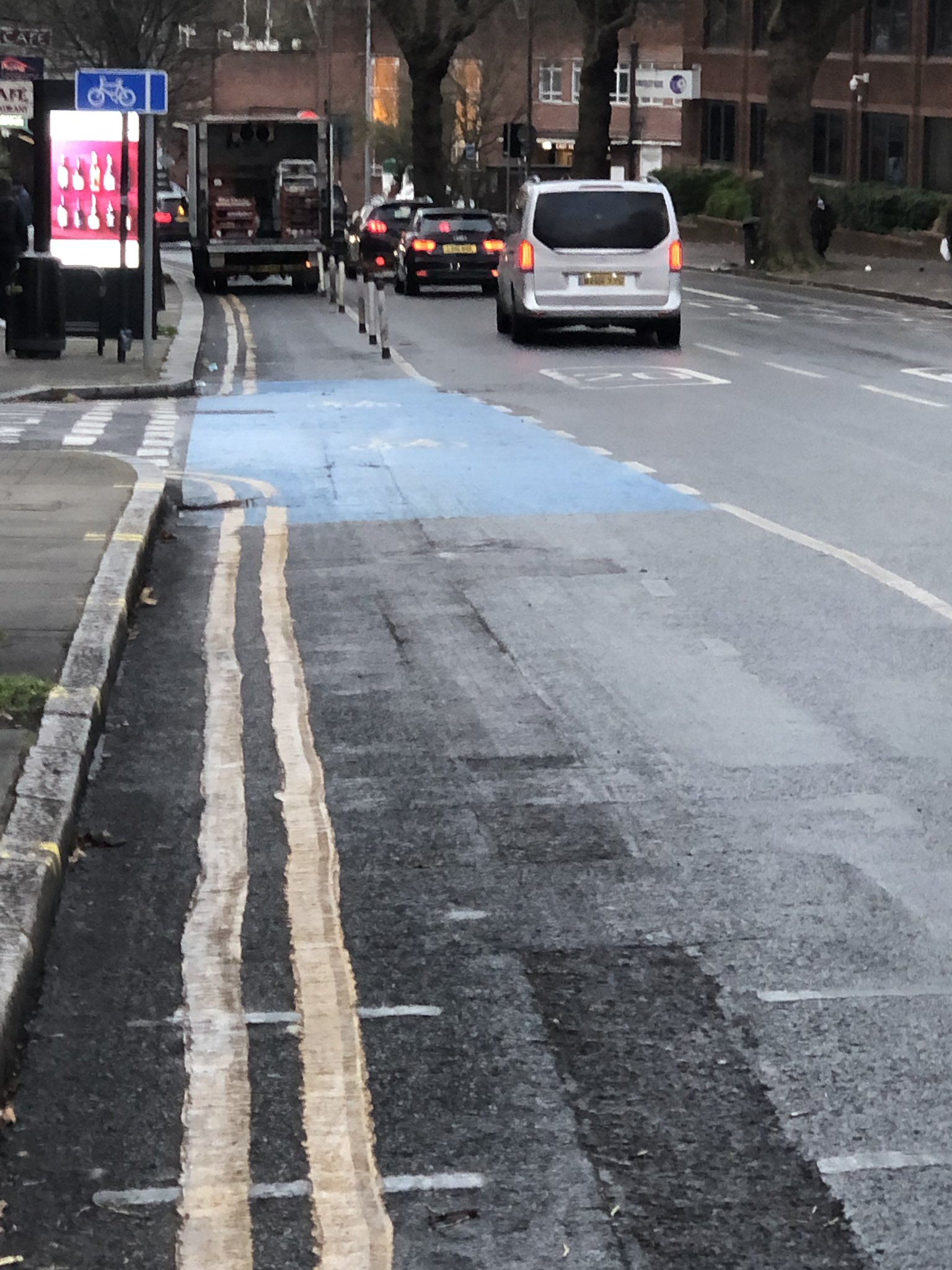Today Barnet Council released its long-awaited report intothe emergency COVID measures which included cycle lane on the A1000. This week the Council’s environment committee will discuss this report, which broadly supports the lane. We at Better Streets for Barnet back this change as an important step forward in rebalancing our road environment.
For those new to the discussion, the segregated lane along part of the A1000 (from East Finchley to Tally Ho Corner) was put in as part of the emergency transport measures during the initial phase of the pandemic. It has caused much discussion amongst both supporters and opponents, and in our view should be seen as a success.
So, Barnet are fulfilling promises in their transport strategy by putting this lane in, and it is absolutely in the right place. The A1000 is the number one desire route for transport in the borough. Starting here is going to produce the most benefit, it will encourage more people to cycle. Linking the main town centres in the borough will remove the need for car journeys of less than 5km, which make up a disproportionate amount of our trips. If we reduce the number of these short car journeys, the roads will be freer for longer journeys as well as for the emergency services.
We are under no illusion that the lane is perfect, and the
report does mention improvements. Very few initial schemes of any sort are
ideal, but in assessing these kinds of change, we should not allow perfect to
be the enemy of good. We must work together to improve the lane, listening to
the concerns of all involved and establishing ways to make it better. Removing
the lane will undo the achievements of the past 18 months and will cause the Borough
to commit further to roads being overly dominated by cars with the knock-on
effect of dangerous air pollution being inflicted on Barnet citizens. The
councillors supporting the lane should all be applauded and praised for their
leadership, both in a time of crisis and going forward.
--------------------------------------
Jon Klaff is a campaigner for sustainable transport and lives in the Borough of Barnet. Guest blogs are always welcome at the Barnet Eye

No comments:
Post a Comment